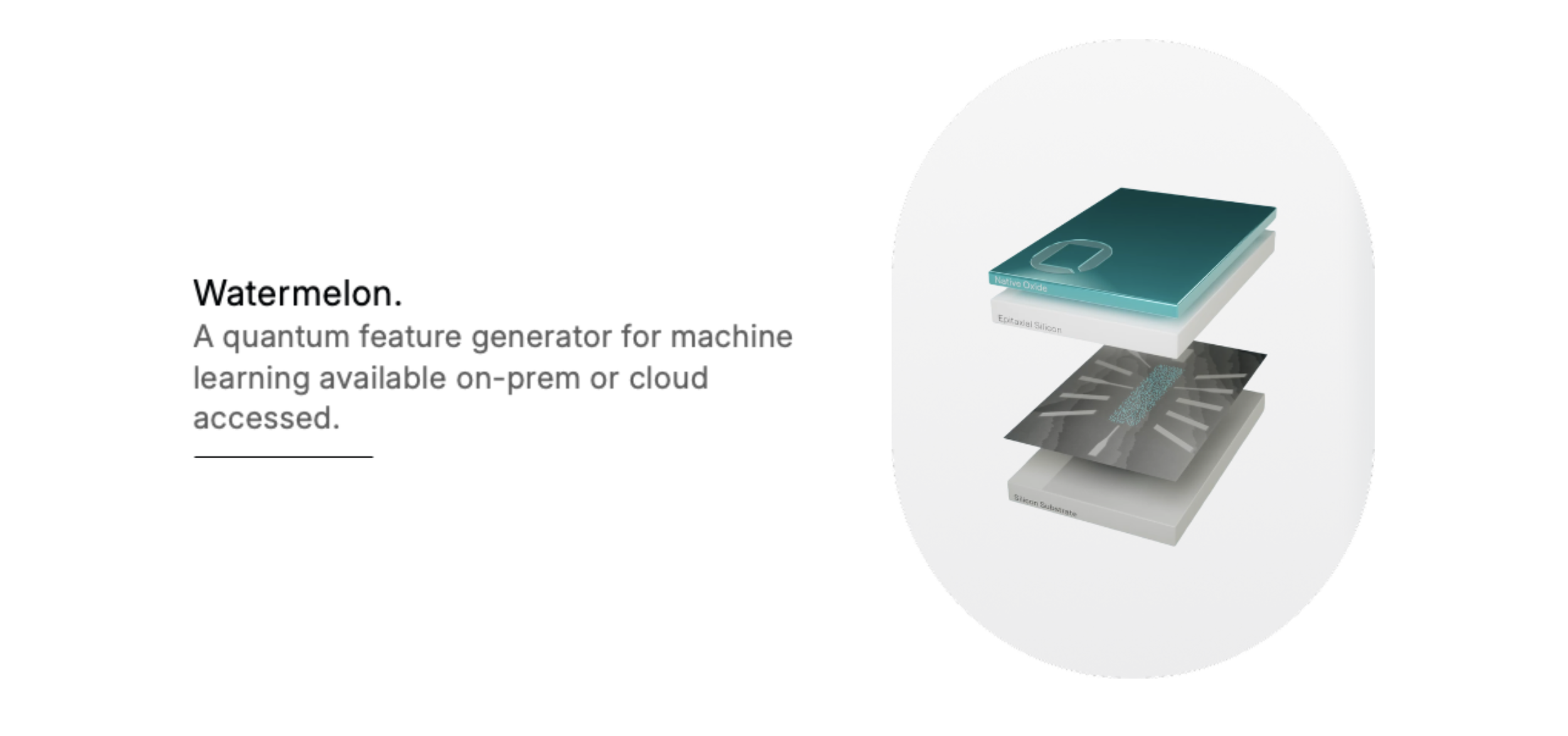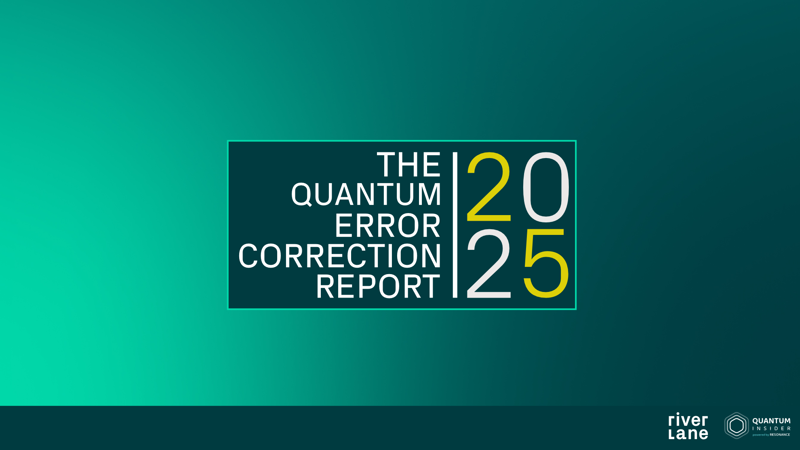Quantum meets connectivity: Telstra and SQC explore smarter network prediction
SQC quantum reservoir delivers deep learning performance with reduced training time and hardware demands.
Image credit: Silicon Quantum Computing (SQC)
Telstra and Silicon Quantum Computing (SQC) today announced results from a joint initiative taking quantum computing out of the lab and into the telecommunications industry – marking a new milestone in Australia’s journey towards quantum-enabled digital infrastructure.
Over 12 months a Telstra-SQC team explored how quantum machine learning could enhance Telstra’s response to a complex challenge in connectivity: predictive analytics.
Advances in predictive network analytics have the potential to reshape customer experiences, from pre-empting and resolving network issues, to powering personalised services like dynamic bandwidth upgrades responding to real-time demand.
Today, Telstra uses a combination of machine learning and AI to help predict network performance and detect changes in network patterns. These systems analyse metrics like latency and bandwidth to predict potential variances.
This enables Telstra to proactively monitor and reconfigure network resources, deploy technicians or initiate automated responses - often before customers are impacted.
SQC’s quantum experts and Telstra engineers tested and evaluated SQC’s quantum-enhanced machine learning system called Watermelon, a quantum reservoir that generates quantum features that can be used in an AI model.
The goal was twofold - first, to assess if features generated by the quantum reservoir could be used to forecast network metrics, and second, to compare the performance against a recently developed deep learning model.
The results were significant. Training and fine-tuning the quantum reservoir took just days, delivering accuracy on par with a deep learning model that required weeks of effort.
Put simply, the quantum-enhanced model matched the performance of Telstra’s current model - but was trained much faster.
The reservoir also operated efficiently without the GPU hardware demands of the deep learning model. As cutting-edge AI can be resource intensive, technologies that reduce its cost are increasingly valuable.
Shailin Sehgal, Telstra's Group Executive of Global Networks and Technology, said that combining Telstra’s experience in managing complex connectivity with SQC’s world-class quantum systems - proved that pairing deep domain knowledge with cutting-edge engineering can lead to innovation with potential real-world customer impact.
“We’re constantly looking ahead to technologies that can help us create smarter connectivity experiences for our customers – from increased personalisation to issue prevention. Quantum computing is a promising frontier we’re exploring. Working with SQC allows us to research the real-world potential of quantum systems in a uniquely Australian context,” Mr Sehgal said.
“This trial shows how quantum capabilities could complement our existing systems and technology to deliver faster insights and better outcomes for our customers. The collaboration, and Telstra’s relationship with SQC, shows how Australian industries and homegrown innovation can work together to shape the nation’s digital future.”
Michelle Simmons, CEO of Silicon Quantum Computing, said the results were a glimpse into the future, from quicker insights leading to real-world customer outcomes and reduced computational overhead.
“This is an exciting and important step forward in commercial adoption of quantum technologies. The collaboration with Telstra allowed us to test our quantum reservoir system, Watermelon, in a real-world telecommunications context - something few quantum companies have achieved. Watermelon’s quantum feature generation helps to reveal complex relationships within classical data, while dramatically reducing training time.” Dr Simmons said.
“We’ve always believed that the key to unlocking quantum’s full potential lies in building systems with atomic precision and purity. This partnership shows how quantum processors have moved beyond theory and into practical, scalable solutions that enhance Australia’s digital infrastructure.”
The program lays the foundation for broader investigation of quantum technology in digital infrastructure and real-world industry applications.







